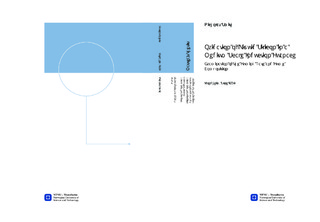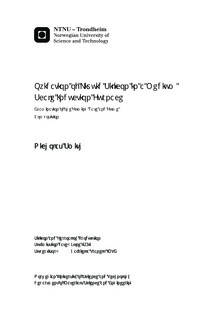| dc.contributor.advisor | Tranell, Gabriella | nb_NO |
| dc.contributor.author | Smith, Nicholas | nb_NO |
| dc.date.accessioned | 2014-12-19T13:26:37Z | |
| dc.date.available | 2014-12-19T13:26:37Z | |
| dc.date.created | 2012-11-08 | nb_NO |
| dc.date.issued | 2012 | nb_NO |
| dc.identifier | 566403 | nb_NO |
| dc.identifier | ntnudaim:8240 | nb_NO |
| dc.identifier.uri | http://hdl.handle.net/11250/249105 | |
| dc.description.abstract | The aim of this work was to study the effect of flow rate on the fuming rate/silica flux of liquid silicon in order to gain a better understanding of the silica fuming during industrial ladle refining during silicon production. The formation of silica fume is the results when the liquid silicon is exposed to air. This silica fume has been shown to be a health hazard when breathed by plant workers and increased environmental regulations call for its elimination. This work is being done as part of the FUME project (FUgitive emissions of Materials and Energy) with funding from the Norwegian Research Council and the Ferro-alloys Industrial Research Association (FFF). To examine the silica flux a series of experiments in a medium scale induction furnace were carried out. A graphite crucible with an inside diameter of 11.4 cm was charged with refined or unrefined metallurgical grade silicon. This silicon was melted and air was blown onto the surface at 3 different rates (1, 3.5, 5 LPM). The produced silica fume was collected in a filter and analyzed for particle size and compositions differences. The total mass of the fume produced was used to estimate the silica flux.The silica flux was found to vary with flow rate from 0.00156 moles/s-m2 at 1 LPM to 0.02788 moles/s-m2 at 5 LPM. With no significant difference between refined and unrefined. The particle size and composition were also found to vary with flow rate. The particle size distribution was similar to what was found in industry (75% under 0.01 µm). However, the size of the largest particles was found to decrease with increasing flow rate. Finally the amount of impurities in the fume decreased with increasing flow rate as well. Additionally, in continuation of previous work on small scale oxidation experiments with liquid silicon in a muffle furnace were done and a more in-depth analysis by EPMA was carried out. It was found that addition of calcium increases the oxidation rate, and that the addition of calcium and aluminum results in an oxide layer with multiple phases. | nb_NO |
| dc.language | eng | nb_NO |
| dc.publisher | Institutt for materialteknologi | nb_NO |
| dc.subject | ntnudaim:8240 | no_NO |
| dc.subject | MSSILFER Silicon and Ferroalloy Production | no_NO |
| dc.title | Oxidation of Liquid Silicon in a Medium Scale Induction Furnace: Examination of the Fuming Rate and Fume Composition | nb_NO |
| dc.type | Master thesis | nb_NO |
| dc.source.pagenumber | 61 | nb_NO |
| dc.contributor.department | Norges teknisk-naturvitenskapelige universitet, Fakultet for naturvitenskap og teknologi, Institutt for materialteknologi | nb_NO |

